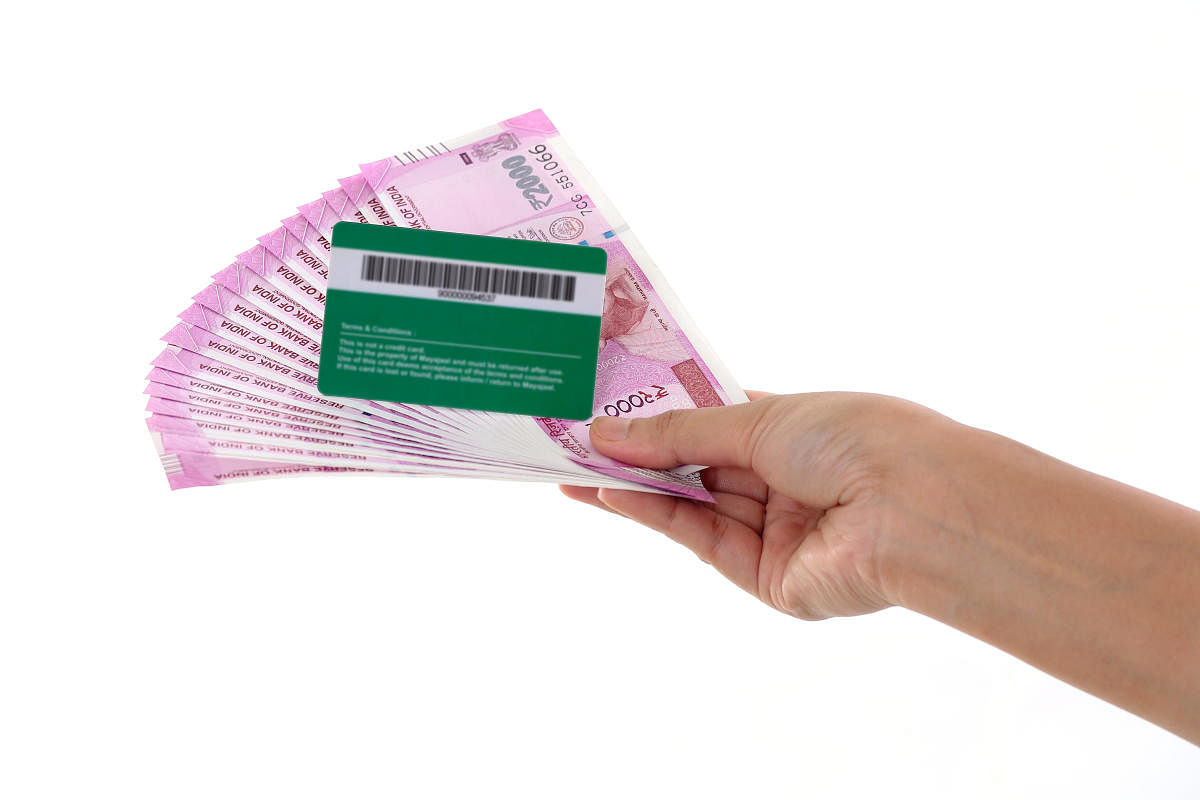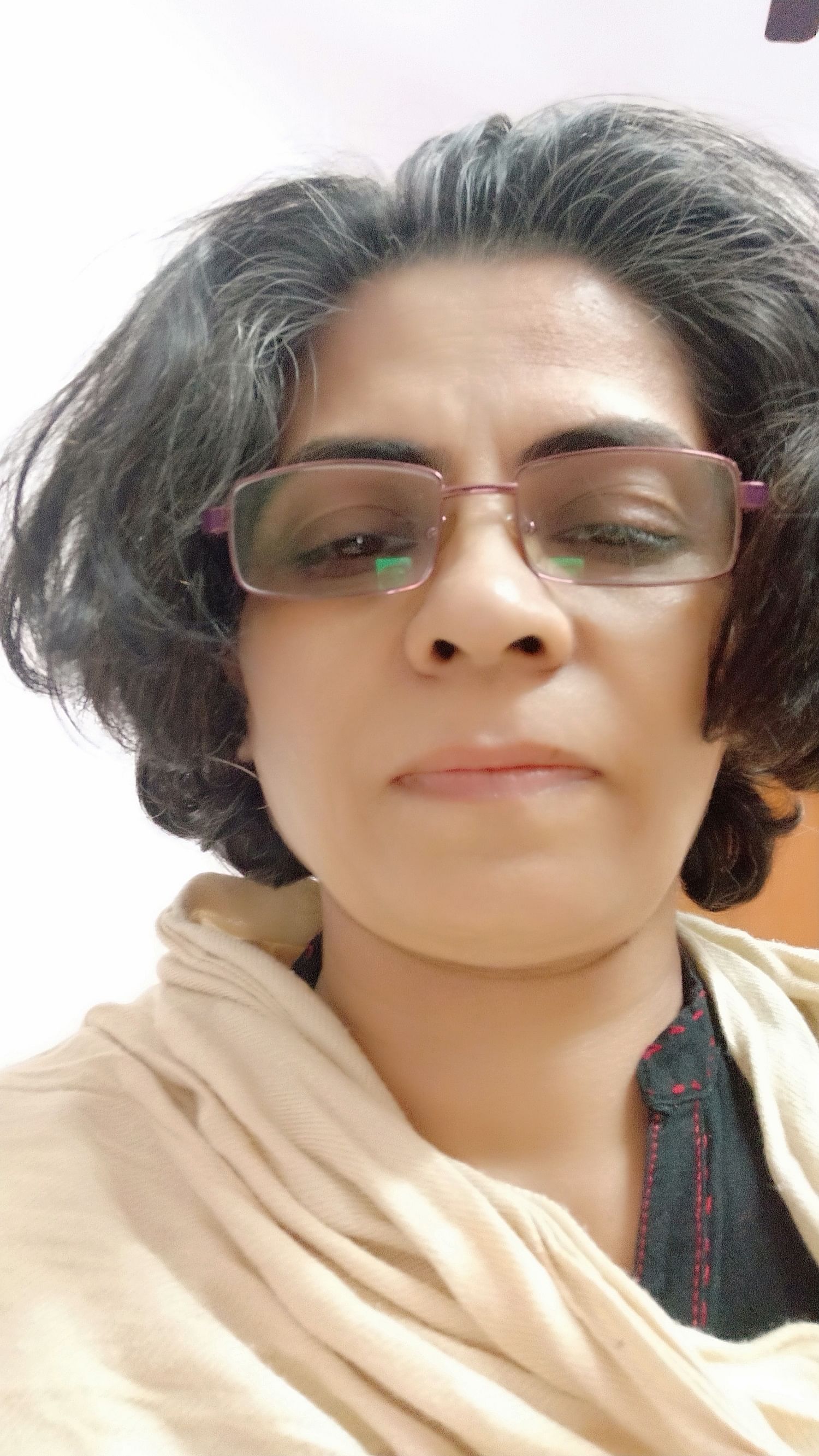
Exposing the fallacy of the Centre's grand plans to transform India into a cashless economy, an official study on Wednesday said only one per cent Indians use mobile money services compared to 40% in Bangladesh, 61% in the least developed Tanzania and 81% in the lower middle-income Kenya.
Even the neighbouring Pakistan has at least 9% of its population using mobile financial services.
Mobile money services, also known as mobile financial services or MFS, refer to a range of financial services that can be offered across the mobile phone. MFS includes mobile money transfer, mobile payments and mobile banking.
The latest data, which the Niti Aayog brought into public domain only on Wednesday, portrays the use of mobile money services by Indians till 2016. Though it said that penetration of mobile payments has improved after demonetisation and the launch of BHIM platform, it did not give any data. It also claimed that several initiatives such as Aadhaar-enabled payment services and payment banks will boost the use of mobile payments.
Independent data, however, suggested that digital wallet transactions have come down to 320 million in July from about 326 million in January. Transactions through BHIM app, however, have shown an increase.
To make mobile money services more smooth, the Reserve Bank of India (RBI) recently issued operational guidelines that will enable mobile wallet users to transfer funds from one wallet to another and from wallet to bank accounts through unified payment interface.
The report suggested that payment banks, including the India Post Payment Bank, can potentially revolutionise payments system like telecom companies did in Africa and other South Asian countries, with innovative products like mobile money.
A flexible and proactive approach towards regulations on payment banks — such as regulations on minimum capital requirements, transaction amounts and restriction on investments — should be adopted to ensure that the payment bank model becomes commercially viable and scalable, it said.
It said payments through unstructured supplementary service sata (USSD) channel, that allows mobile banking transactions using basic-feature mobile phone, should be promoted as it has an advantage over the internet. And, it can also cover a large proportion of non-smartphone users.
